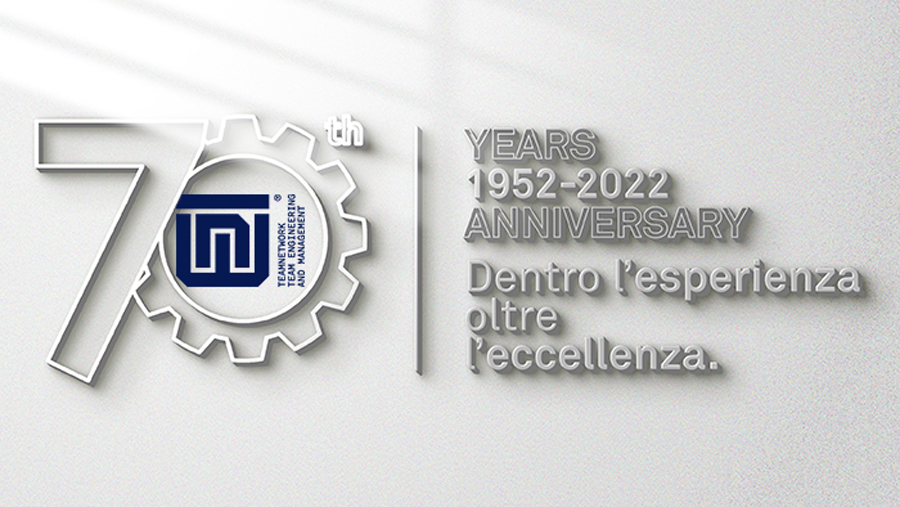
As many will know, the origin of Santa Claus is a Christian saint who lived in the 4th century AD: St. Nicholas of Mira, bishop of the city of Myra (an ancient city in what is today Turkey). During the Christmas celebration, the bishop would give needy children gifts to celebrate the festivity. Over the centuries, the character has evolved, in the Netherlands becoming “Sinterklaas”, which then gave the English “Santa Claus”. History is less poetic as regards the figure of Santa Claus as he is today. For exclusively commercial reasons – book covers and similar – Santa Claus gained weight and used reindeer, but he still had the green costume of the Northern European tradition. The change to the red costume lies somewhere between truth and legend. Ac- cording to legend, in the 1930s, the Coca Cola® company took the figure of Santa Claus and “painted him over” in the typical colours of the drink, red and white. This story was officially denied, but there is always an element of truth in legends and, after all, Santa Claus has been the testimonial of the American drink for many years. Whatever the past of this figure, even if it were really the fruit of mere commercial interests, it still represents for everyone a moment of carefree happiness, especially for children. Depriving it of the meanings that today it has, only due to its origins which are apparently distant from the religious festivity, would mean diminishing what it represents in the collective imagination – which, all things considered, contains values such as goodness, altruism and affection.





